Rising E-commerce Adoption
The surge in e-commerce activities has catalyzed the growth of the Catalog Management Software Market Industry. As businesses increasingly shift to online platforms, the need for efficient catalog management becomes paramount. In 2025, e-commerce sales are projected to reach approximately 6 trillion USD, necessitating robust catalog solutions to manage vast product inventories. This trend indicates that companies are prioritizing software that can streamline product listings, enhance visibility, and improve customer engagement. Consequently, the Catalog Management Software Market Industry is likely to witness heightened demand as organizations seek to optimize their online presence and ensure seamless user experiences.
Expansion of Omnichannel Retailing
The expansion of omnichannel retailing is significantly influencing the Catalog Management Software Market Industry. Retailers are now required to provide a seamless shopping experience across various platforms, including online, mobile, and physical stores. This necessitates sophisticated catalog management solutions that can synchronize product information across all channels. As of 2025, it is estimated that over 70% of consumers engage with multiple channels before making a purchase. This trend underscores the importance of effective catalog management in ensuring that product data is consistent and accessible, thereby driving growth in the Catalog Management Software Market Industry.
Need for Data Accuracy and Consistency
In an era where data-driven decision-making is crucial, the Catalog Management Software Market Industry is experiencing a growing emphasis on data accuracy and consistency. Businesses are increasingly recognizing that accurate product information is vital for maintaining customer trust and satisfaction. Inaccurate data can lead to lost sales and damaged reputations. As a result, organizations are investing in catalog management solutions that ensure data integrity across multiple channels. This trend is expected to drive the Catalog Management Software Market Industry, as companies strive to provide reliable and consistent product information to their customers.
Growing Importance of Compliance and Regulation
The growing importance of compliance and regulation is a key driver for the Catalog Management Software Market Industry. As businesses face increasing scrutiny regarding data privacy and product information accuracy, the need for compliant catalog management solutions becomes critical. Regulations such as GDPR and various industry-specific standards necessitate that companies maintain accurate and transparent product catalogs. This trend is prompting organizations to invest in catalog management software that not only streamlines operations but also ensures adherence to regulatory requirements. Consequently, the Catalog Management Software Market Industry is poised for growth as businesses prioritize compliance in their catalog management strategies.
Technological Advancements in AI and Automation
Technological advancements in artificial intelligence and automation are reshaping the Catalog Management Software Market Industry. These innovations enable businesses to automate routine tasks, enhance data analysis, and improve customer interactions. AI-driven catalog management solutions can analyze consumer behavior, predict trends, and optimize product listings in real-time. As organizations increasingly adopt these technologies, the demand for advanced catalog management software is expected to rise. By 2025, the integration of AI in catalog management is likely to become a standard practice, further propelling the growth of the Catalog Management Software Market Industry.


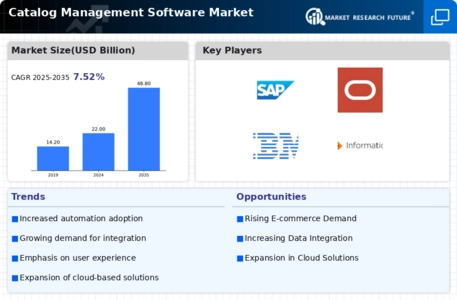
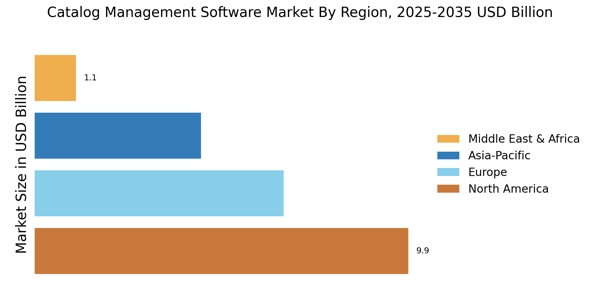

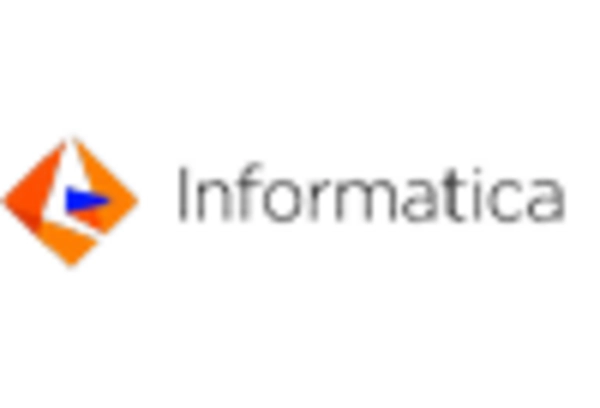

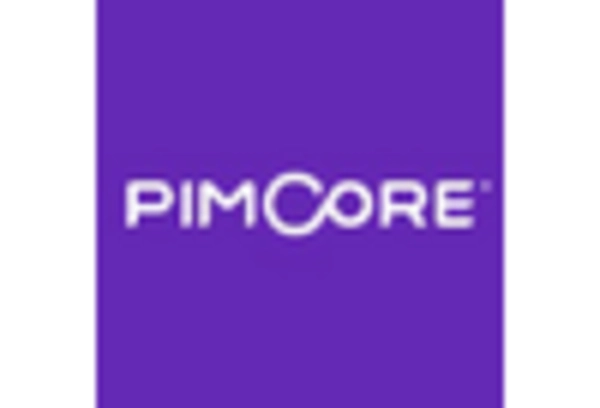

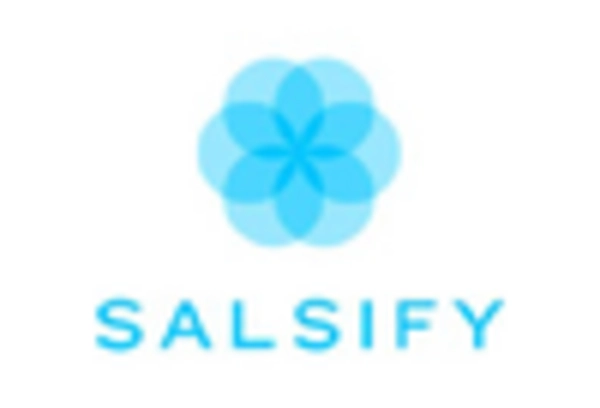








Leave a Comment